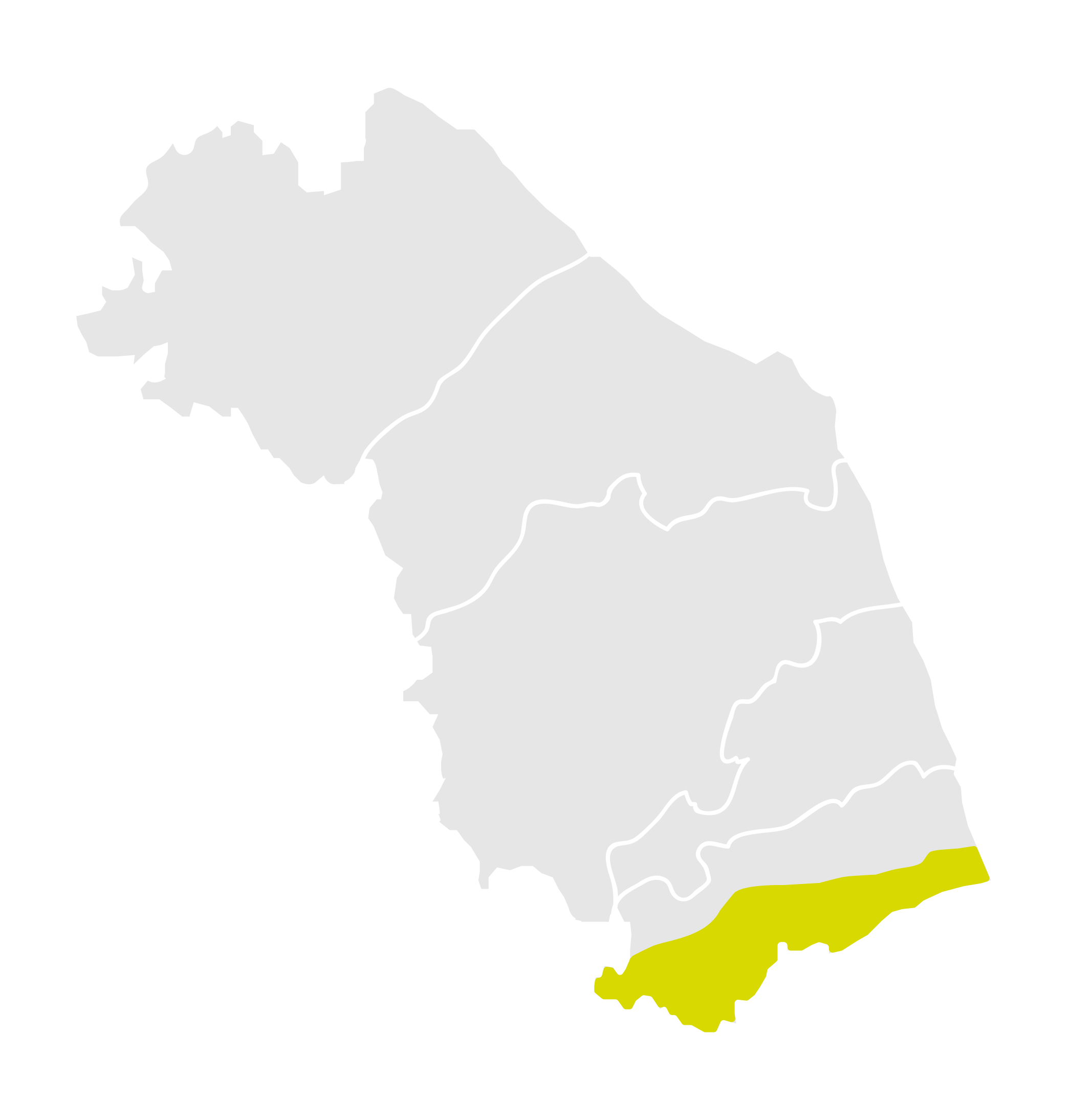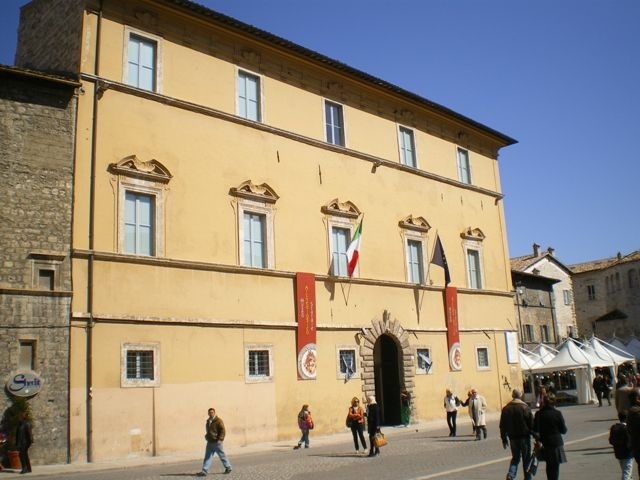
The Archaeological Museum of Ascoli Piceno is housed in the sixteenth-century Palazzo Panichi, in the central Piazza Arringo. The museum is organized in three sections: the prehistoric one, currently in development on the second floor of the building, the protohistoric dedicated to the Picene, and the Roman that will be renewed in 2018. The Picene section, which represents the largest collection of material of the civilization which had Ascoli as its capital, occupies the first floor of the palace. The exhibits are from the Bronze Age to the 4th century BC, and come from various contexts of the valleys of the Tronto, the Tesino and the Salino (Teramo territory). The exhibition proposes, through innovative musealization, a true journey into the Picene culture: notable exhibits of the various dwellings found over the years in the province of Ascoli, the votive stipe from Cupra Marittima, the necropolis of Colli del Tronto with the reproduction of some tombs in special showcases. Most notable are the grave goods of the Salino necropolis, the biconical vases from the Fermo area, and the famous Cippo di Castignano, a rare testimony to Picene writing. The ground floor of the museum is dedicated to the Roman section and lapidary stones, where the exhibits are mostly from the territory of Ascoli, dating back to the late Republican period and to the early Imperial Age. Among the notable testimonies documenting the importance of the town of Asculum during this period are the numerous sling bullets and the friezes with representations of the slingers, attesting to the bloody clash between Rome and Asculum during the Social War, the numerous works of statuary, among which the elegant bust of the emperor Trajan stands out, and the amazing polychrome mosaic from the domus found beneath the Palace of Justice, to which an entire room is dedicated. On the ground floor there are also the finds recovered from recent urban excavations and a selection of finds from Etruscan and Lazio contexts, originally part of the private collections of Bishop Odoardi and the scholar Giulio Gabrielli, to whom is owed the first setting up of the Museum of Ascoli.
We have found no place to eat in the vicinity
We have found no place to sleep in the vicinity
Vino e olio, eccellenze dell’agricoltura e della gastronomia marchigiana, sono da sempre al centro dell’economia e dell’identità culturale locale, come testimoniano i numerosi impianti per la produzione olearia e vinicola presenti sin dall’età picena nella regione. Il viaggio alla scoperta del territorio dedicato all’antica produzione dell’olio e del vino ci conduce lungo la Salaria Gallica, strada che collegava Fossombrone ad Ascoli Piceno passando per le principali colonie romane, immerse nelle verdi colline marchigiane.
Narra la legenda che l’antico popolo dei Piceni arrivò dalla Sabina (regione montuosa tra Lazio, Umbria e Abruzzo) e si stabilì nel territorio ascolano seguendo il volo di un picchio, uccello sacro a Marte. Qui fondarono la loro capitale, l’odierna Ascoli Piceno, e occuparono tutto il territorio delle vallate del Tronto e del Tesino e, sulla costa, fondarono un grande santuario, dedicato alla dea picena Cupra. Questo itinerario vi condurrà in alcuni dei borghi più belli d’Italia, la cui storia affonda le radici negli antichi villaggi piceni.

|
Address | Piazza Arringo 28 Ascoli Piceno |

|
Phone Number | (+39)0736 253562 |

|
Opening Time | Martedì-Domenica 8.30-19.30 Chiusura settimanale: Lunedì; Orario biglietteria: 8.30-19.00 |

|
Visit Time | 1 h and 30 min |

|
Reservation Required | no |

|
Viabilities | Salaria Romana |

|
Bookshop | no |

|
Free Guided Tour | no |

|
Guided Tour | no |

|
Parking | no |

|
Disabled Accessibility | si |

|
Audioguide | no |

|
Didactic Rooms | si |

|
Conference room | si |

|
English language | si |

|
Public Transport | si |

|
Family Services | no |

.jpg)


